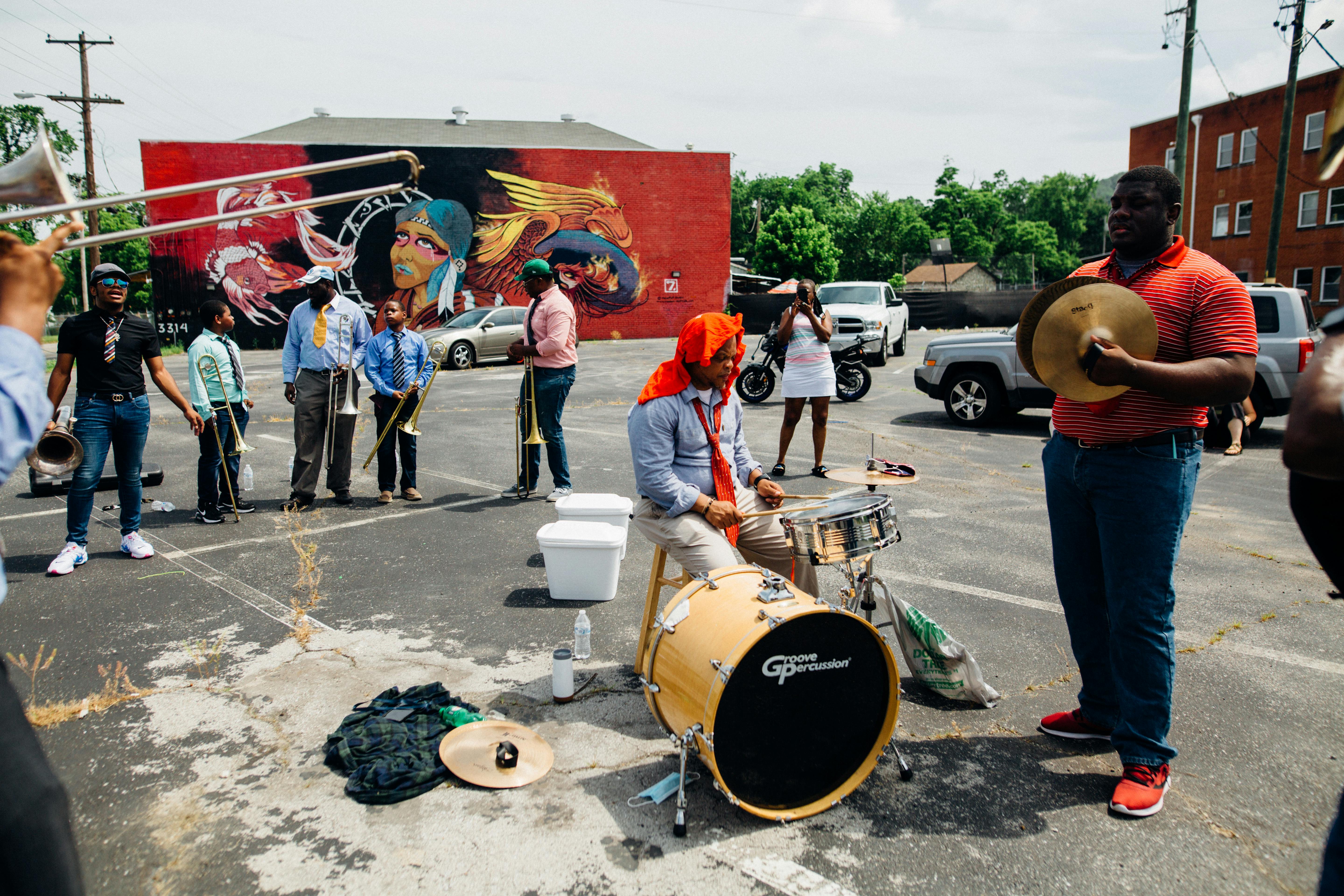Indian coins of the princely states!
Most of India was controlled by the British before its independence in 1947. However, Indian states did not have to give up their right to issue coins within their respective states. Since these coins circulated only within a particular state, there was never a need to standardize coin denominations between states.
The result was a fascinating variety of coins made from different metals, in numerous shapes, sizes, weights, and with different impressions on them. Most of these coins were double-sided and imprinted with gods and goddesses, plants, weapons, and images of rulers of the state in which they were minted.
Here is a list of some of the rare coins from the princely states of India. Most of these coins were made of silver, bronze, or copper:
– In the 1920s the square paisa was minted at Bahawalpur.
– The 1/4 anna of Gwalior had prints of the maharajah.
– The 2 paisa of Hyderabad from the 1940s sported a central hole.
– In 1943, Mewar minted the eight-sided 1 anna coin.
– From 1570 to 1894, the Nawanagar Dokdo was hit and there were hardly any changes to its design during that time.
– The Pudukkottai Amman Cash was a small coin bearing the imprint of Goddess Brihadamba.
– The Rampur paisa of the Sunth state was minted in 1870 and had the characteristic straight spears. There was also a coin that had a moon and star mark called a “chand-tara” mark.
– The silver variety of Bundi was minted in 1914 AD. C. and had a print of Raja Ramsingh in a sitting position. Similarly, the half paisa copper variety with the Bundi dagger was another variety coined by Ramsingh. There were many more varieties minted by Raja Ramsingh on behalf of Queen Victoria, Edward VII, George V and George VI.
– Jhabua coins had the Katar (dagger) and star markings, and were made of bronze and copper.
– Awadh coins have the characteristic fish mint mark.
– The coins of the princely state of Kishangarh were minted between 1759 and 1806 and had Shah Alam engraved on them. This variety had no original design and was very similar to the varieties minted in Jaipur. The coin had a jhar mintmark which meant tree in the native language.
– The fourth anna minted in Bhopal by Nawab Sikander Begam in the years 1860-1868 had Hijri year markings of 1282.
– Tonk state coins that were minted in 1932 had inscriptions in Urdu. There were marks that read “Kaisr-e-hind”, “Riyasat Tonk”, “Ek Paisa” and “George Pancham”. The girth of these varieties had the mention of Nawab Mohammad Saadat Ali Khan as he issued them.
There were many other coins from princely states that were minted and circulated. Today, many of these coins are considered rare and are coveted and collected by avid numismatists.
